Seiren Guigu Masao Tagai
Seiren Guigu Masao Tagai
Couldn't load pickup availability
Width: 5.9cm x 5.9cm Height: 5cm
Work summary
This is a celadon sake cup made by Masao Tagai . It has a neat, almost cylindrical shape , and exudes a dignified elegance within its cuteness. It is a highly versatile item that can be used not only as a sake cup, but also as a condiment cup, a decorative cup, and more.
Form and design
| item | Features | Points to note when viewing |
|---|---|---|
| Form | The base is slightly elevated and the body is raised at a nearly vertical angle, creating a cylindrical bowl shape . The rim curves outward slightly, making the mouth soft and comfortable to drink from. | Viewed from the side, the sake cup has a silhouette that is both stable and light . It is perfectly balanced when placed in the palm of your hand. |
| Heights | Its design is reminiscent of the outward-turning bottom of a Go board, and while the center of the board is high, the contact area is small, creating a beautiful shadow on the table. | The shadows enhance the coolness of the cup, and its appearance changes depending on the position of the light source. |
| Iron-wrapped rim | The iron in the glaze oxidizes on the rim, forming thin lines of light brown iron. | The contrast between blue and brown tightens the surface of the vessel, creating a sense of luxury. |
Glaze and technique
The pale , moist blue color brought out by reduction firing is reminiscent of the Ru kilns of the Northern Song Dynasty. By carefully matching the expansion rates of the base and glaze, crazing is suppressed, resulting in a mirror-like smoothness.
Fluctuations in glaze thickness <br data-end="706" data-start="703">The thickness of the glaze varies subtly from the inside to the outside, and the refraction of light creates a gradation that resembles the surface of a misty lake .
Slow Cooling Process <br data-end="791" data-start="788">After firing, the kiln is not cooled suddenly, but the temperature is lowered gradually over a long period of time to stabilize the glaze layer. This creates the luster and depth that is unique to celadon porcelain.
Cultural background and history of vessel types
Celadon developed against the backdrop of the literati tastes and alcohol culture of the Song Dynasty, and was introduced to Japan with the arrival of Zen monks. During the Momoyama period, it was incorporated into the tea ceremony and prized as a "Celadon cup from China," while during the Edo period, Bizen and Satsuma made repeated attempts to produce domestically produced celadon. Based on this long history, Tagai has fused two values: celadon = a symbol of coolness and purity, and cups = vessels that transcend both sake and tea . The capacity, center of gravity, and mouthfeel have been intricately designed to suit modern lifestyles.
How to enjoy it for different purposes
| scene | How to enjoy | Recommended performances |
|---|---|---|
| cold sake | It visually enhances the transparency of ginjo sake and unpasteurized sake, creating a refreshing aftertaste with every sip. | Lightly chill the sake cup in the refrigerator and then place it on a glass tray that catches the light to enhance the coolness. |
| tea ceremony | When used as a decorative cup for incense or dried sweets, the tranquility of the celadon enhances hanging scrolls and fresh flowers. | In the season of the brazier, combine it with light tea tea ceremony and the blue of the dish will draw your guests' attention to the coolness. |
| interior | Place it on a shelf in your study or living room and expose it to natural light or a spotlight. | A small amount of water is poured into the inside of the vessel, and a piece of seasonal flower or plant is floated in it to create a waterscape. |
This "Celadon Guitou" cup exudes a sense of serenity created by the cool blue color . The neatly raised shape of the cylindrical bowl gives a sense of security. The fine lines wrapped in iron create tension and a lingering aftertaste. These elements coexist in a perfect balance. When you tilt the cup at a drinking party, not only your tongue but your eyes and palms feel a momentary coolness, and at a tea ceremony or formal occasion, it creates the appearance of a calm water surface in the space - this is a masterpiece with such multifaceted charm. We hope you will enjoy this small universe that embodies Masao Tagai's technique and aesthetic sense for a long time.
Share

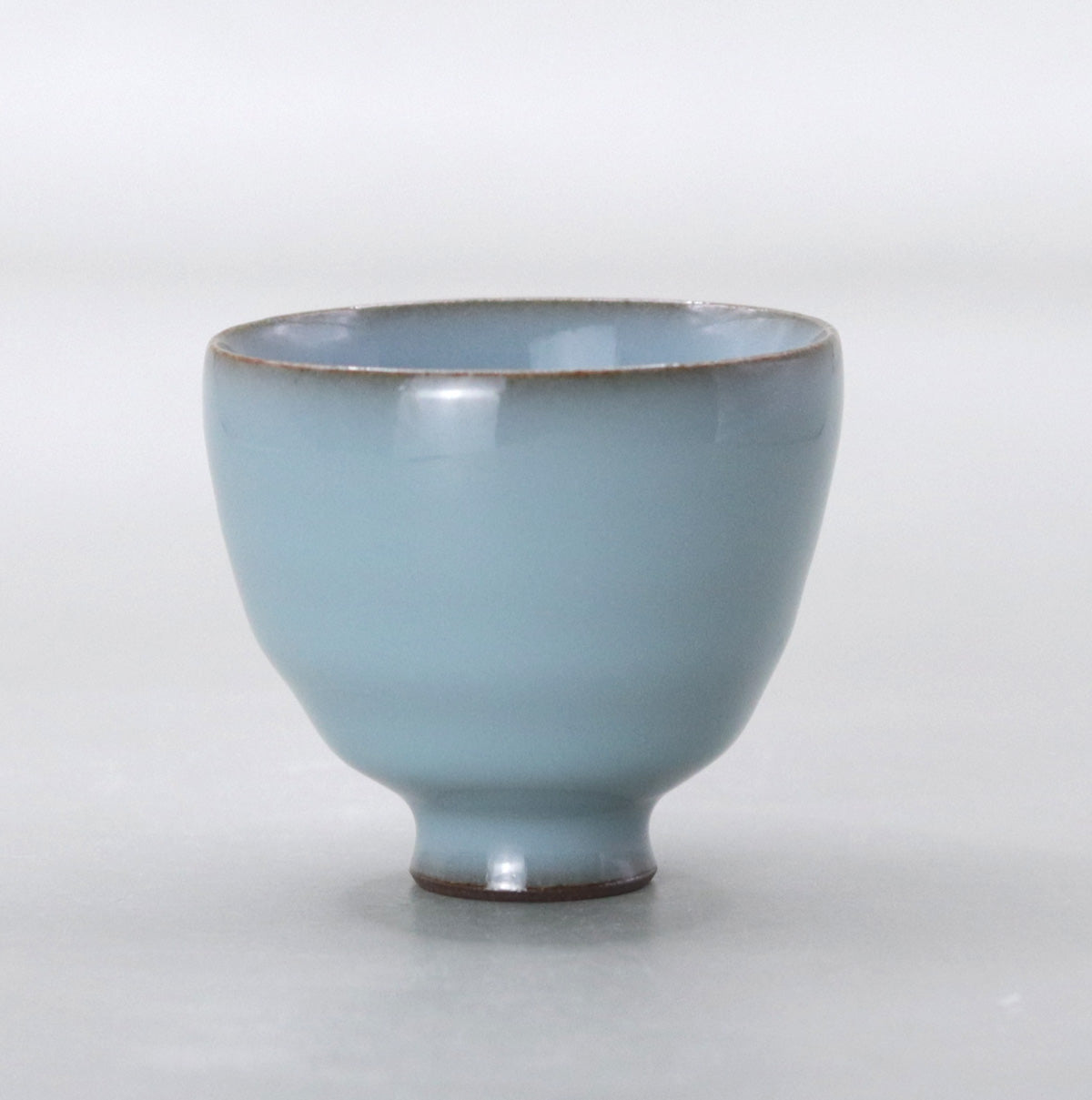
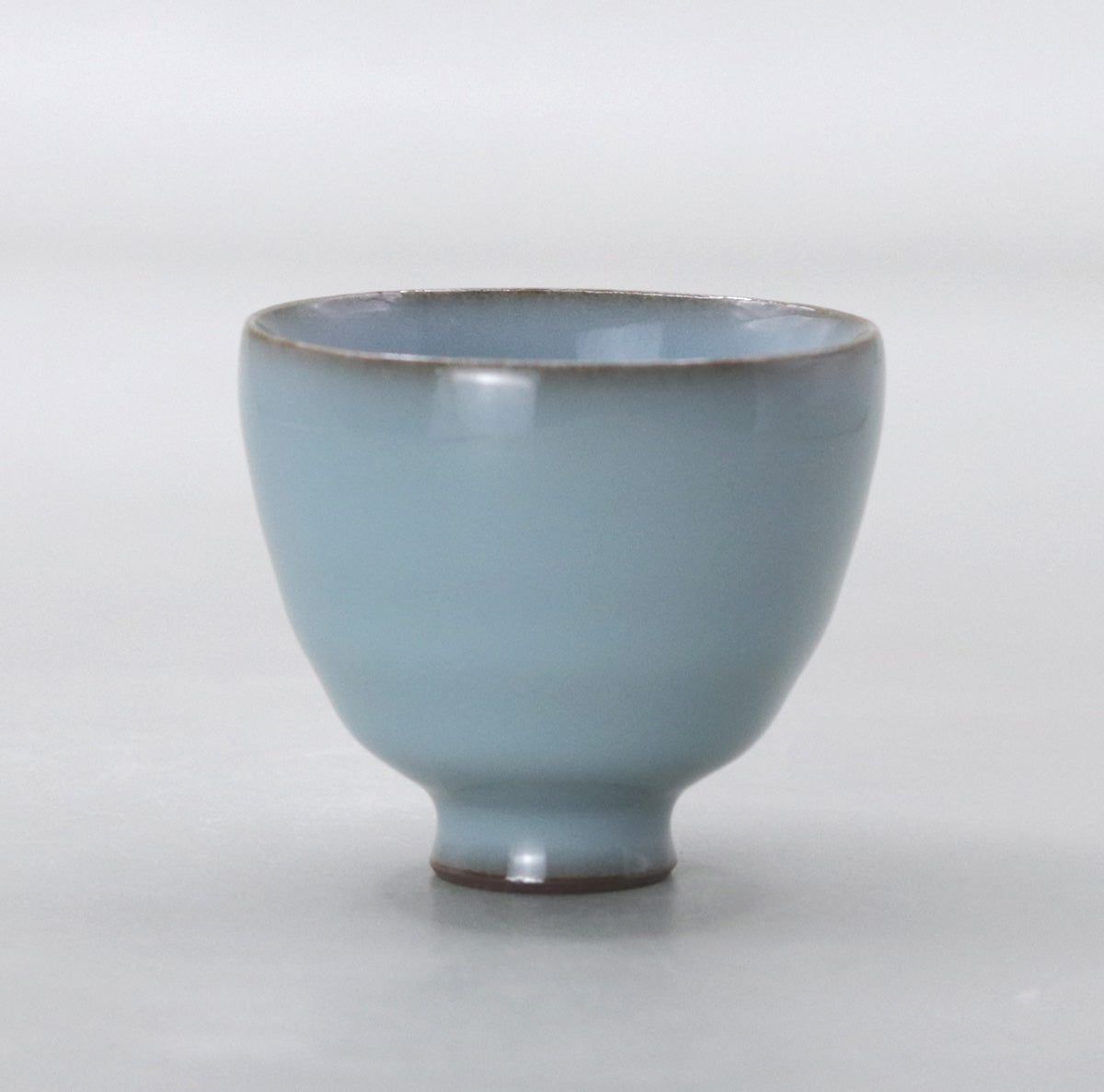
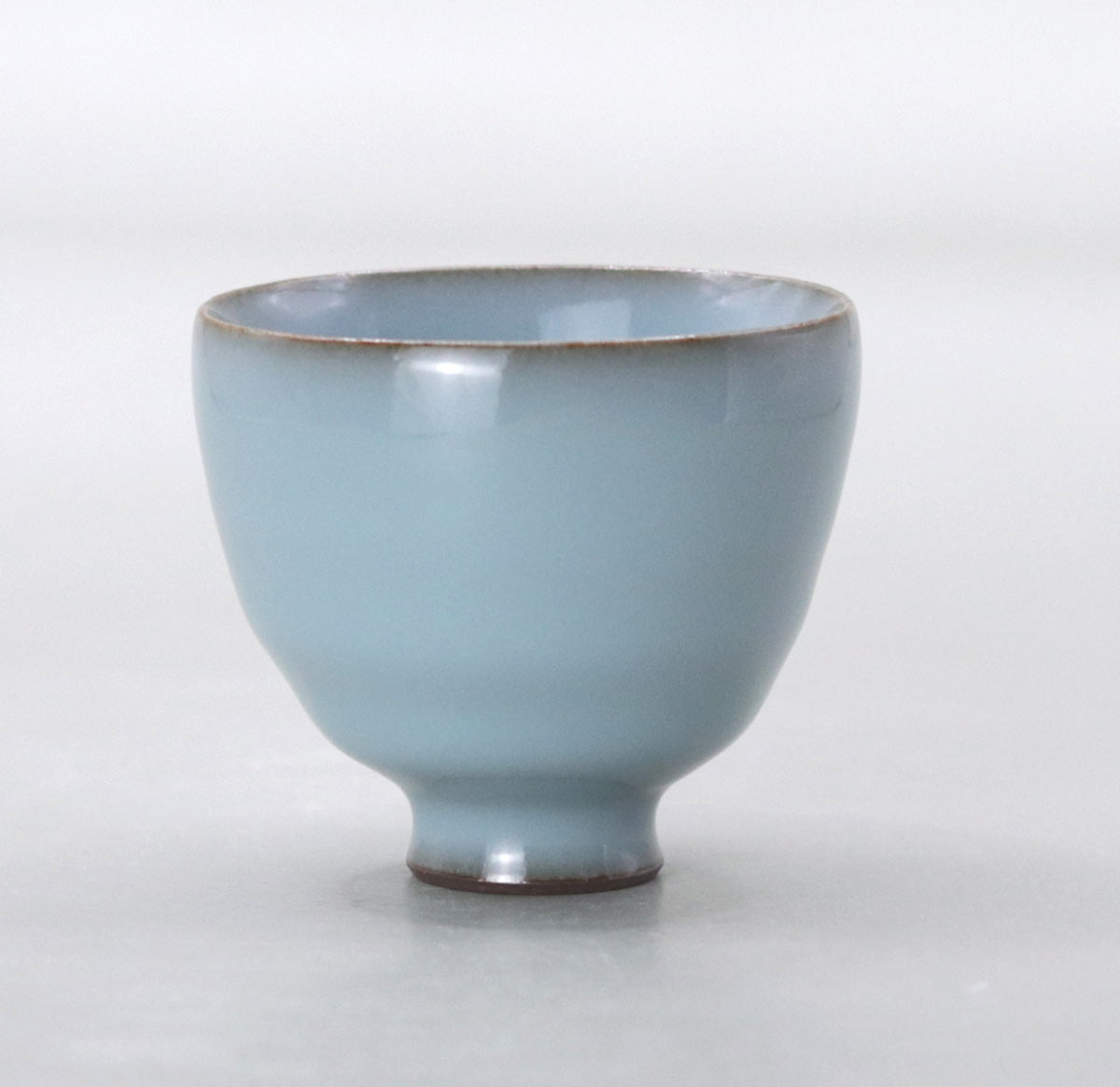
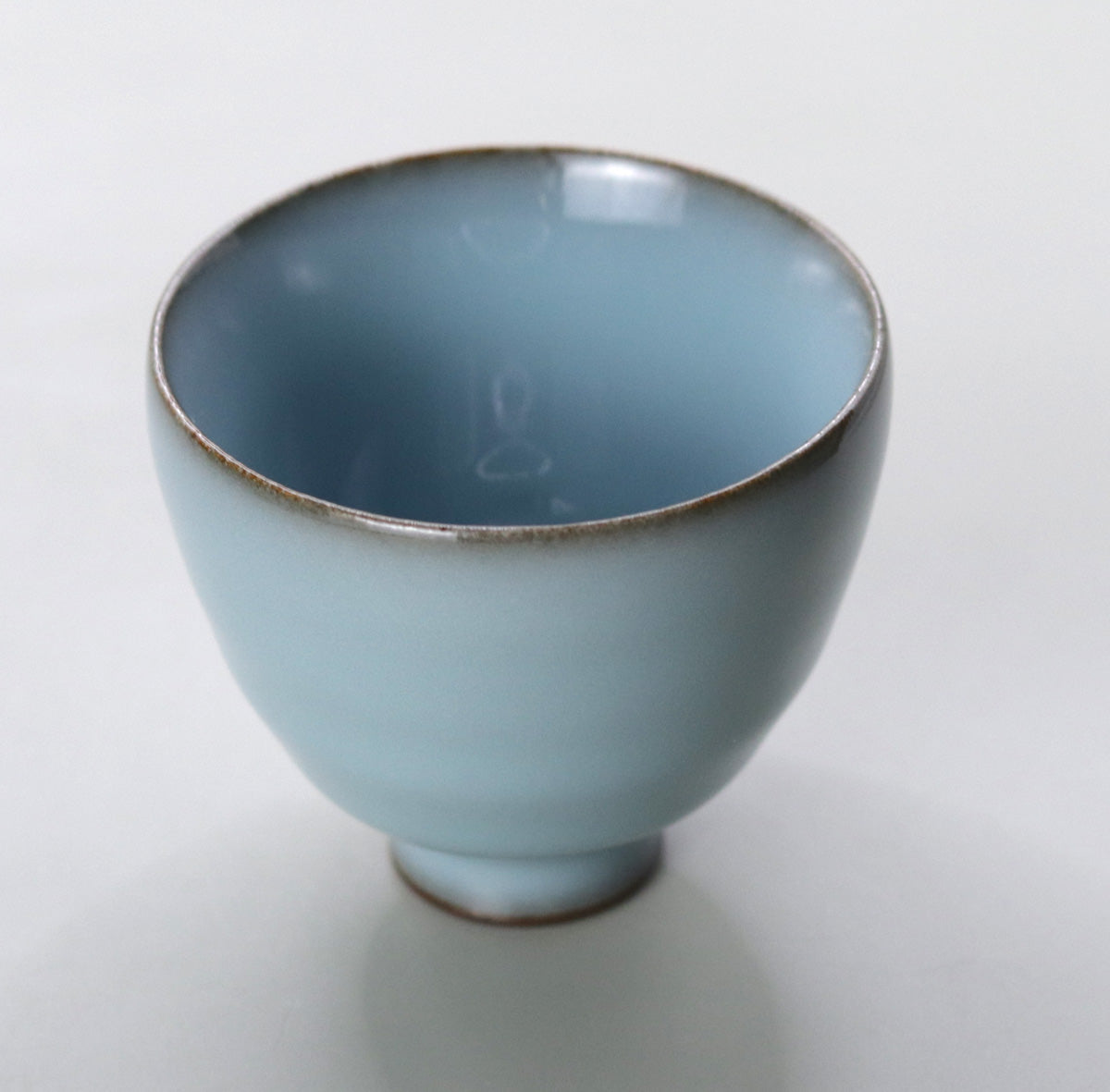
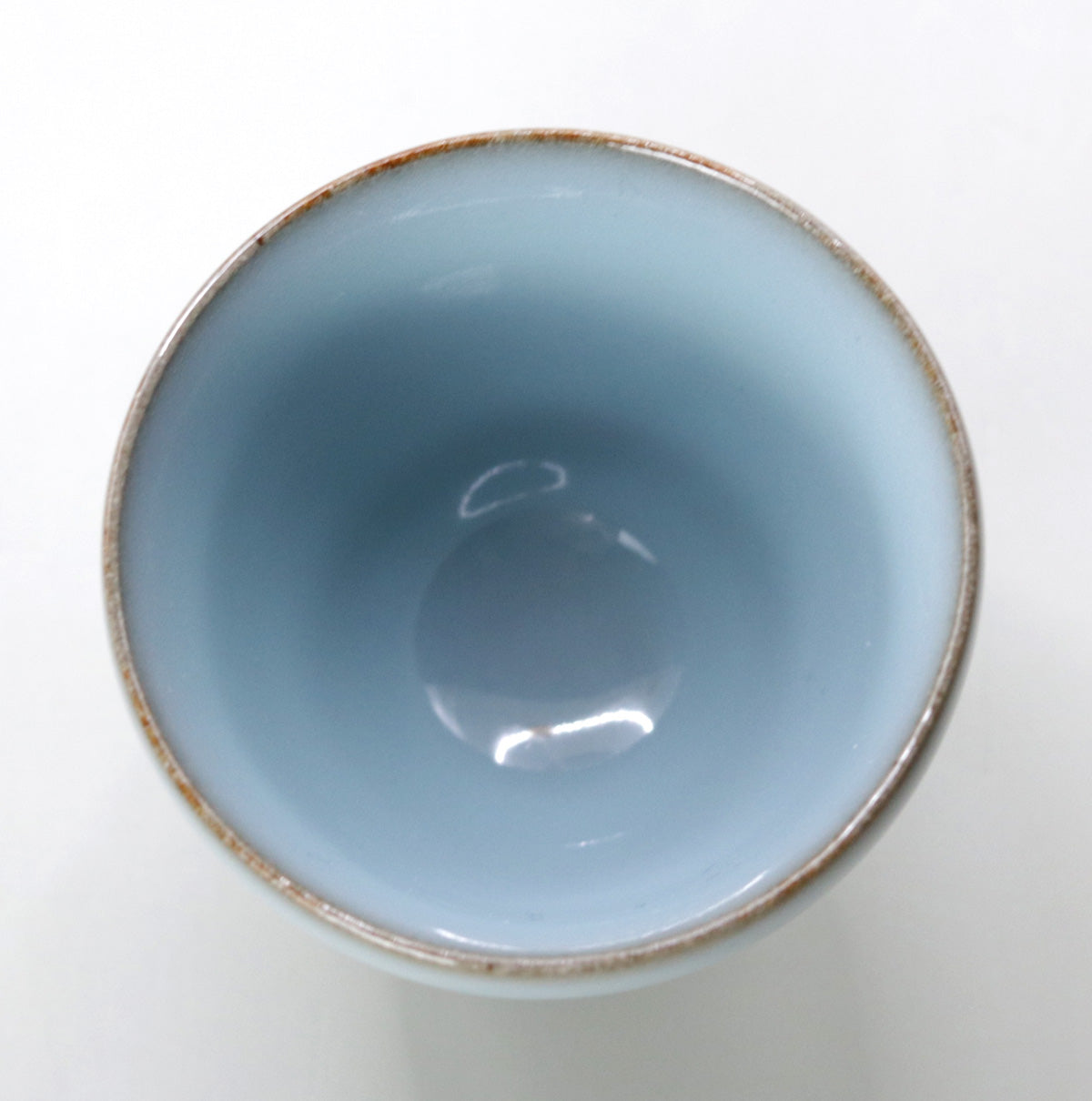
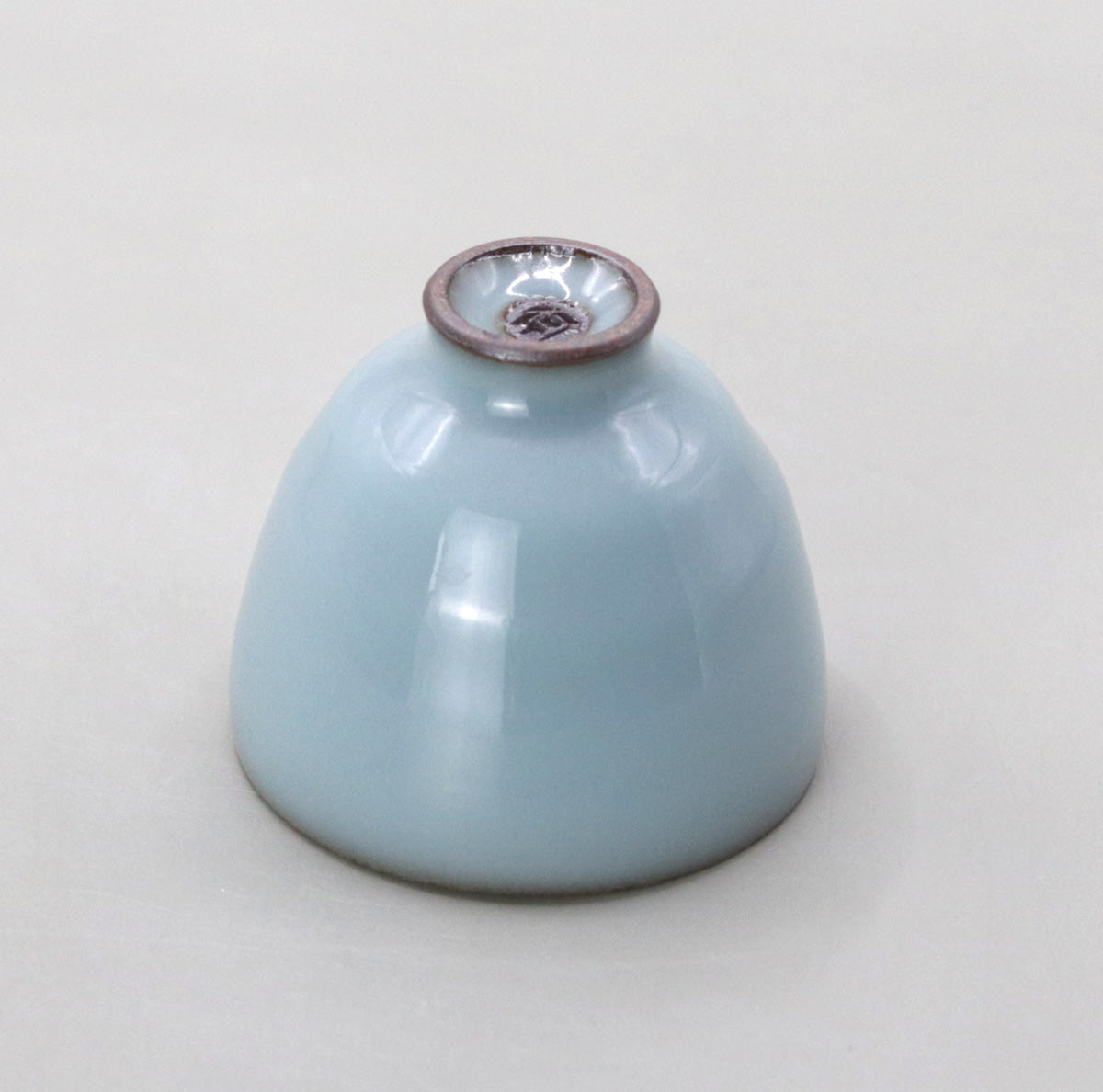
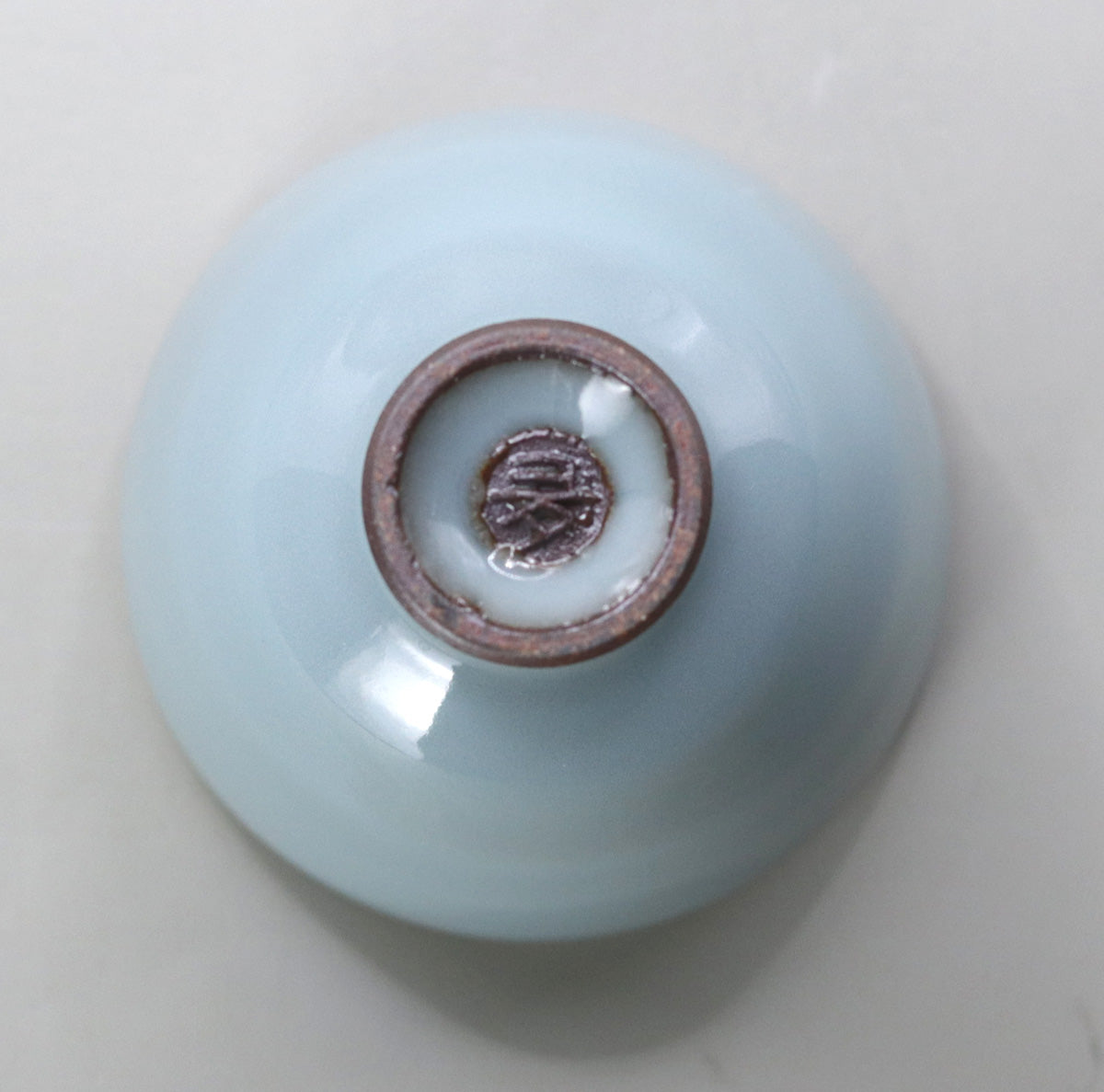
-
[I will send it to you quickly and carefully]
We carefully package each product in a way that suits it best.
Also, delivery times vary depending on the piece (vessel, etc.).
Items that already come with a box will be shipped within 1-3 days of the order date.
For items that require a box to be made after your order, it will take approximately 30 days for production to be completed and then shipped.
In either case, once we have confirmed your order, we will contact you by email to inform you of the delivery date.
-
[Requests when purchasing pottery]
Even products that look the same may differ slightly in color, shape, size, etc.
The way the glaze is used, the power of the kiln, the firing method, the season, and the humidity also affect the appearance of the pottery.
Please understand the individuality of each piece of pottery and enjoy the unique warmth of handmade.








